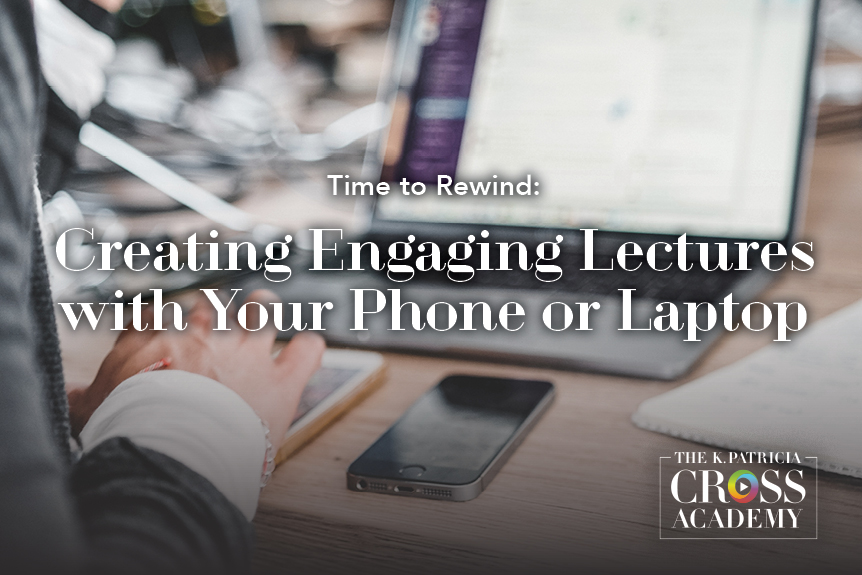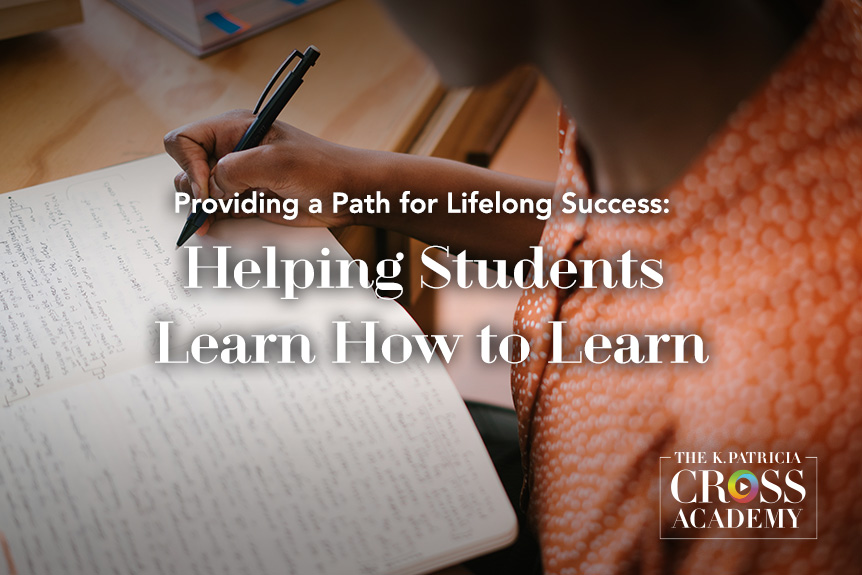
At the K. Patricia Cross Academy, our mission is to support faculty with easily accessible online teaching resources. As instruction is increasingly accomplished in an online environment, this edition of CrossCurrents is focused on highlighting some of the previous resources we’ve made available to instructors to aid in their development of successful, high-impact approaches to online teaching.
Tips for Engaging Online Course Design
Recreating the energy and dynamics experienced in successful in-person learning environments in an online teaching environment is no easy task, but the following tips are all aimed at doing just that. Guiding instructors through online course development, these five tips offer valuable insight into fostering the student engagement required for a successful course. Click through to read the blog and start designing a more dynamic course experience: READ MORE
Creating Engaging Asynchronous Lectures With Your Phone or Laptop
In a society awash with entertainment-on-demand, it’s hard to ignore the utility of asynchronous instruction methods. Utilize the advantages afforded by online teaching to provide students with the opportunity to learn on their own schedules with appealing asynchronous lectures. Click through for helpful tips and online teaching resources on topics ranging all the way from content presentation techniques to lighting: READ MORE

Making Good Use of Online Discussion Boards
Fostering lively, engaging discussion has long been a hallmark of in-classroom teaching and recreating this essential exercise can pose a challenge as more and more instruction makes its way online. Thankfully, online discussion boards can do a great job of providing the same learning benefits of the in-person experience they aim to recreate. Dive-in to discover methods and techniques to ensure the process doesn’t become a repetitive task, but rather an effective way to ‘humanize’ virtual learning: READ MORE
Online Teaching Adaptation Technique Videos
The K. Patricia Cross Academy’s library of online teaching technique videos has been designed to help instructors tailor their existing techniques and methods—as well as discover new ones—in order to best utilize the online teaching environment. Below, we’ve included four of our most popular online teaching technique videos.
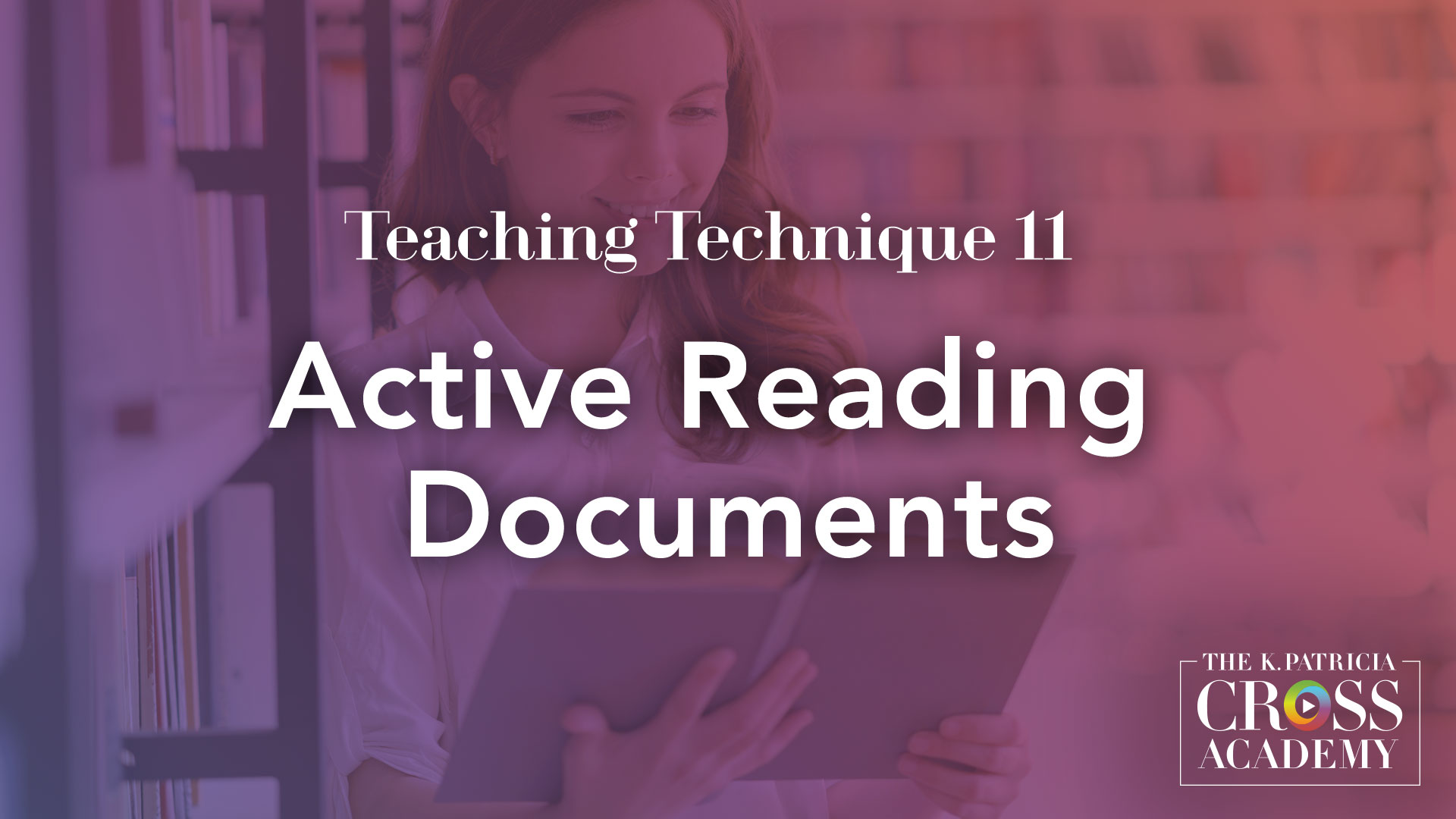
Active Reading Documents
Active Reading Documents are carefully prepared forms that guide students through the process of critical and careful reading.

Think-Pair-Share
In a Think-Pair-Share, the instructor poses a question, gives students a few minutes to think about a response, and then asks students to share their ideas with a partner. Hence Think-Pair-Share.

Jigsaw
In Jigsaw, students work in small groups to develop knowledge about a given topic before teaching what they have learned to another group.
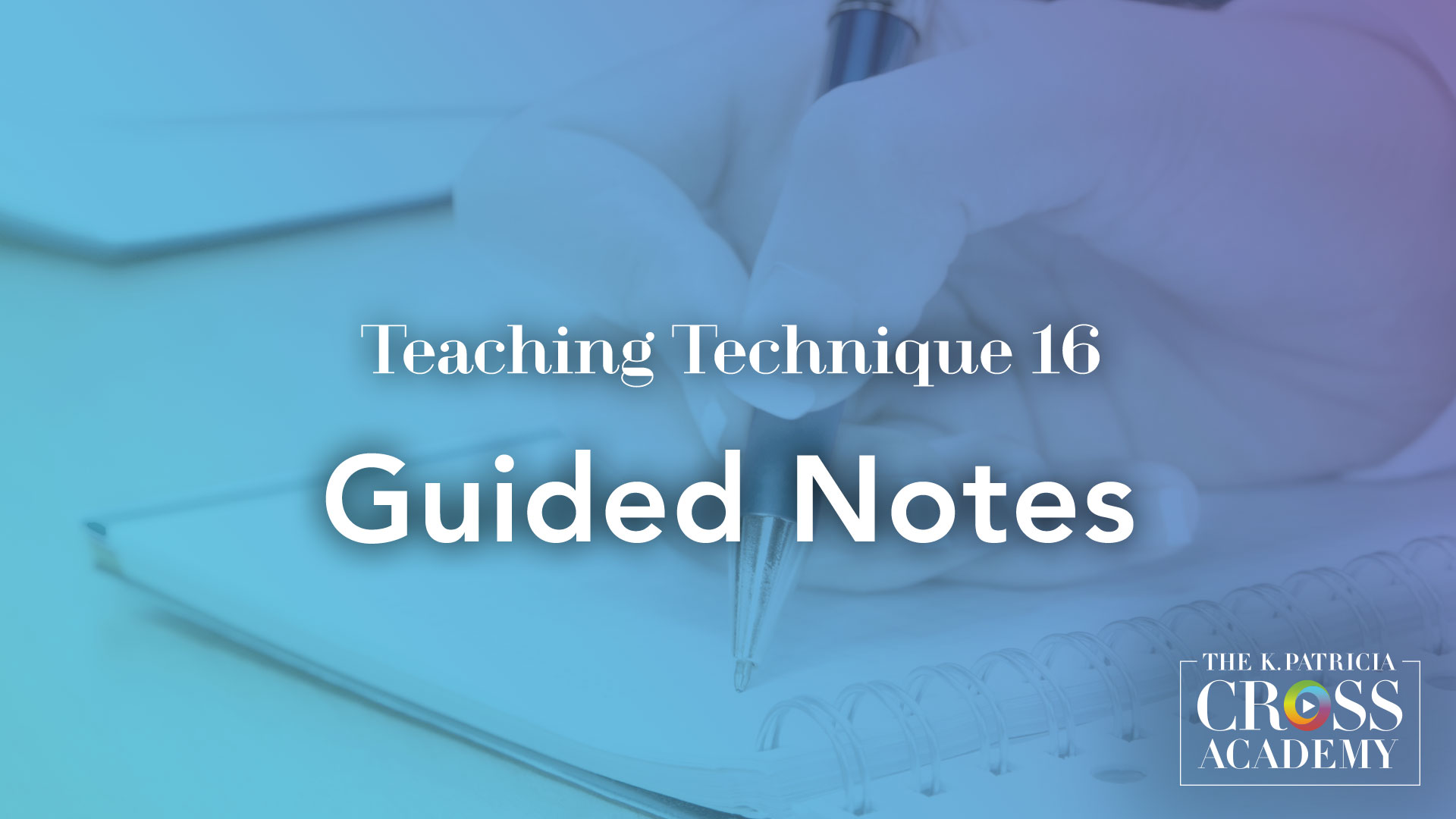
Guided Notes
In Guided Notes, the instructor provides a set of partial notes that students complete during the lecture, focusing their attention on key points.
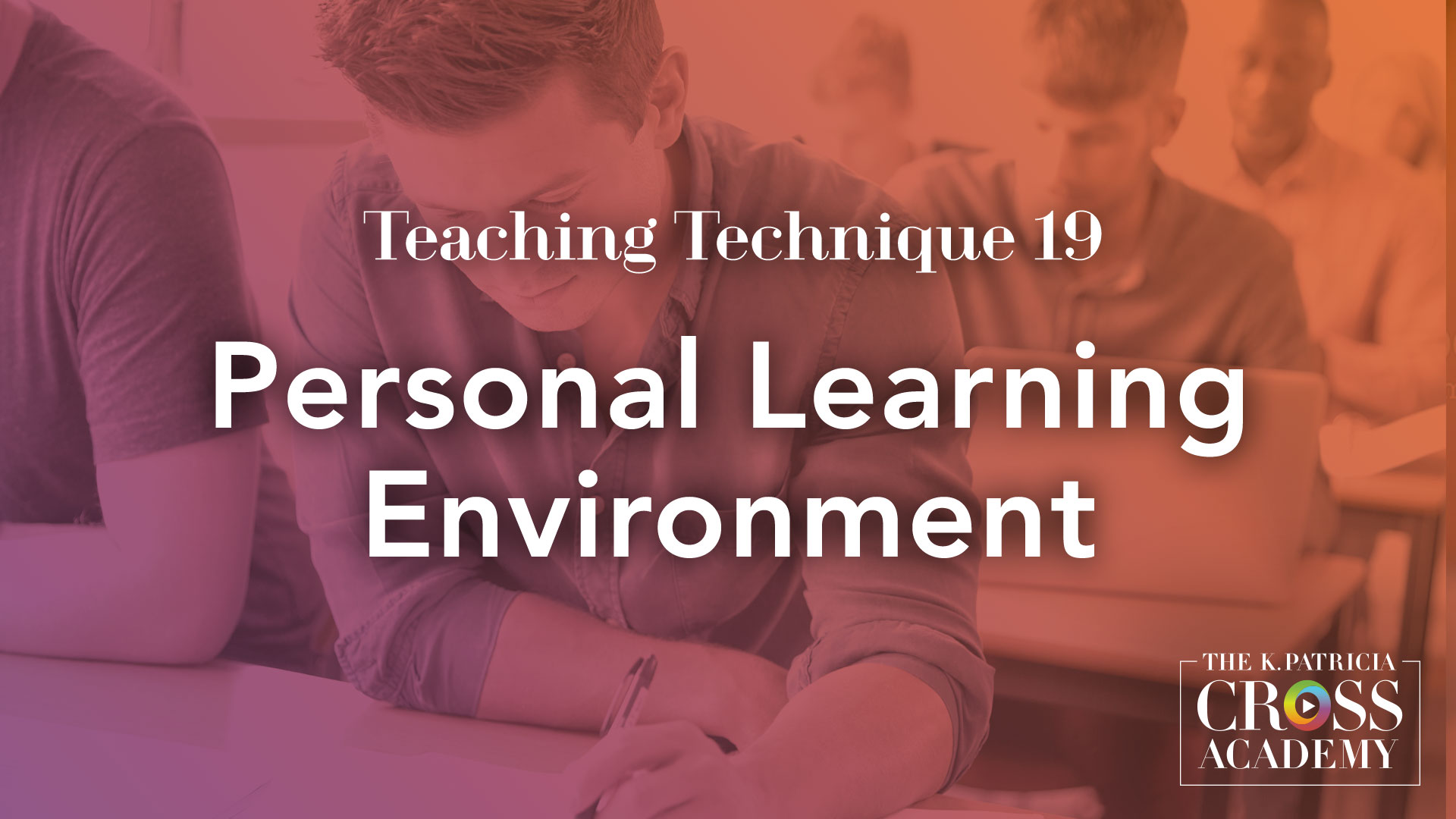
Personal Learning Environment
A PLE is a set of people and digital resources an individual can access for the specific intent of learning. Students illustrate the potential connections through a visible network of the set.
Enter your email below to receive information about new blog posts.
Suggested Citation
Barkley, E. F., & Major, C. H. (n.d.). 4 ways to improve your online teaching. CrossCurrents. https://kpcrossacademy.org/4-ways-to-improve-your-online-teaching/

Engaged Teaching
A Handbook for College Faculty
Available now, Engaged Teaching: A Handbook for College Faculty provides college faculty with a dynamic model of what it means to be an engaged teacher and offers practical strategies and techniques for putting the model into practice.

